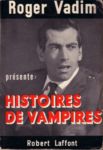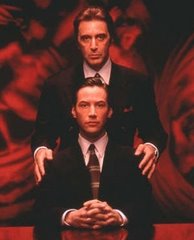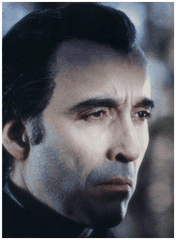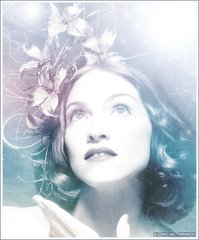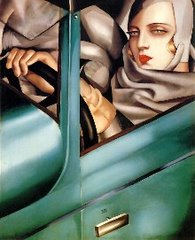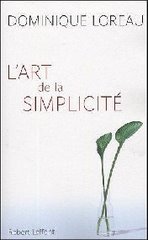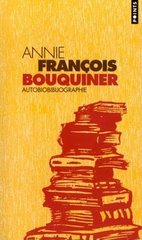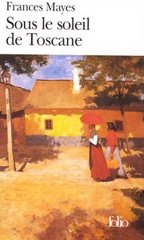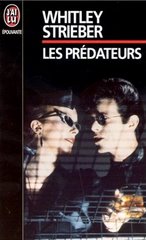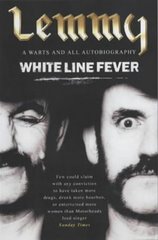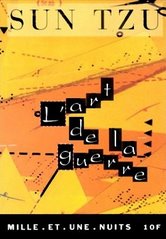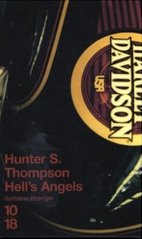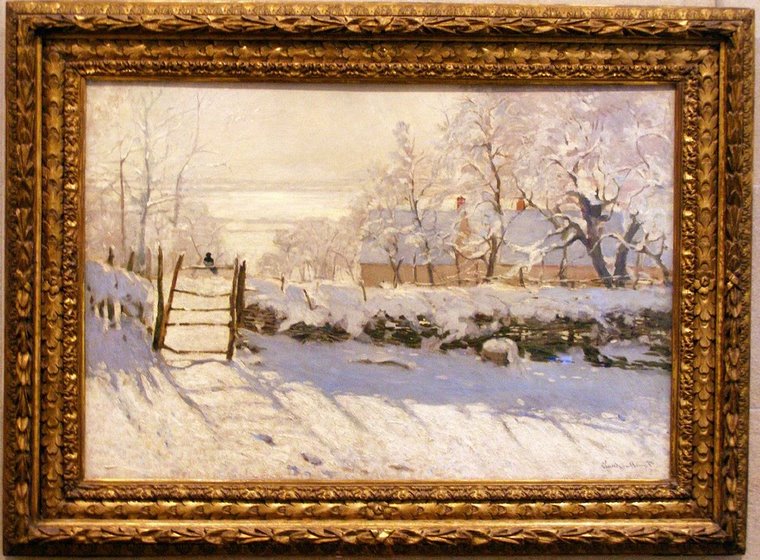
 |
Le petit Edgar est né le 19 janvier 1809 à Boston. Son père meurt 1 an plus tard d'alcoolisme, et sa mère meurt en 1811 de pneumonie. Orphelin à 2 ans, il a un frère qui décéde à 24 ans, alcoolique et tuberculeux, et une soeur qui attrappe à 12 ans une maladie qui la laisse arriérée mentale toute sa vie.
Il est recueilli par un riche couple de négociants de tabac, à Richmond, ou il passe une enfance heureuse. La famille déménage en 1815 pour Londres ou Edgar suit des études littéraires. En 1820, le cours du tabac s'effondre et la famille est contrainte de revenir à Richmond. Edgard poursuit ses études dans les meilleures écoles privées de Richmond, et écrit en 1825 ses premiers poèmes, tous perdus. Il est très influençé à cette époque par Lord Byron.
Les relations entre le jeune Edgar et son père adoptif se dégradent car Edgar ne rêve que de poésie, alors que son père adoptif voudrait qu'il devienne marchand. A 26 ans, Edgar s'enfuit à Boston et s'engage pour 5 ans comme artillieur dans l'armée.Il fait éditer un recueil de poèmes, "A bostonian", qui se vend seulement à 50 exemplaires, et passe complétement inapperçu. Edgar est promu Sergent major mais s'ennuie.
En 1829, la mère adoptive d'Allan décéde, il se réconcilie avec son père qui l'aide à démissionner de l'armée, mais une question d'argent brouille à nouveau les 2 hommes. Edgar, par dépit, annule son inscription à l'école des officiers de l'armée américaine et loge chez sa tante, à Baltimore ( voir sa maison et la pièce ou il écrivait ci-dessous ). Il publie un second recueil de poèmes : "Al Araaf, Tamerlan et autres poèmes mineurs" en 1829.

Après avoir envoyé divers travaux à différents journaux, il reçoit en 1833 le premier prix du concours du "Baltimore Saturday visiter".En 1835, il est engagé comme directeur de la section littéraire du "Southern literary messenger" et se rend célèbre par sa série d' "Autobiographies", pastiches de lettres d'écrivains et contribue ainsi à accroître la notoriété du journal.
Il épouse en 1836 Virginia Clemm ( portrait ci dessous ), qui n'a que 14 ans. Son poste ne le satisfait pas car il est mal payé et en a assez des reproches faites par son boss, qui a peur de l'influence grandissante d'Edgar au sein du journal.
A 30 ans, il devient rédacteur en chef adjoint au "Burton's gentlemen magazine", ou il s'entend bien avec le directeur. "La chute de la maison Usher" est publié pour la première fois dans ce magasine. Par contre, la publication en volumes des "Contes du Grotesque" n'a aucun succès.Il quitte dans la même année ce journal et tente de fonder son propre journal, "The pen magazine", mais le projet tombe à l'eau.
Le "Burton's gentlemen magazine" est racheté et renommé par un dénomé Graham qui réembauche Poe, et cette fois, ce dernier parvient à y faire publier de nombreux articles et critiques, et il est payé correctement.
En 1842, alors qu'elle chante pour des amis, Viginia Poe est victime d'une hémoragie et reste très malade pendant de longs mois. A cette époque, Poe rencontre Dickens qui lui promet de trouver un éditeur en Grande Bretagne. En mai, Poe quitte le "Graham's gentlemen magazine" et tente de nouveau de créer son propre journal. Il rentre à Philadelphie, et vit à nouveau dans la misère, grâce à des piges mal payées.
En 1844, il accepte un emploi au New York Mirror, dirigé par un de ses amis et en 1845, la chance tourne enfin à son avantage : Sa nouvelle "Le corbeau" est publiée dans l' Evening Mirror, et c'est un énorme succès. Cela relançe sa carrière d'écrivain et les célébres éditeurs newyorkais Wiley & Putnam publient une séléction de ses contes, puis un recueil de poèmes.
Embauché par la suite dans le Broadway journal, Edgar élimine un des 2 actionnaires du journal et le second lui céde ses parts. Son rêve se réalise enfin : Il est seul maître à bord d'une revue littéraire. Le journal fait malheureusement faillite en 1946.En mai, Virginia est de plus en plus malade et le couple s'installe à Fordham, un quartier du Bronx. La tour du clocher de l'université ( voir ci dessous ) inspirera d'ailleurs à Poe le poème "Bells".
Edgar tombe gravement malade, et, ne pouvant plus écrire, tombe dans la misère la plus totale.En 1847, Virginia meurt à l'age de 24 ans.Edgar se prend ensuite de passion pour la poésie féminine et corrige de nombreux poèmes pour Mme Lewis, Mme Locke Richmond, et Mme Whitman.En 1848, il absorbe ( on ne sait pas dans quelles circonstances ) une forte dose de Laudanum et manque de mourrir. S'étant mis à boire pendant la maladie de son épouse, il est fréquemment victime de crises d'éthylisme.En novembre, il demande la main de Mme Whitman qui refuse de l' épouser sauf si il abandonne l'alcool. En décembre, il donne une conférence mondialement connue sur le Principe poétique.Le 25 décembre, Mme Whitman reçoit une lettre anonyme l' informant de relations immorales entre Edgar et une de ses amies, ainsi que le fait qu'Edgar vient de passer la nuit à boire dans une taverne. Elle décide de rompre avec lui sui le champ.Edgar rentre à Fordham et relance son projet de revue littéraire. Il part de New York en 1849 et séjourne à Richmond ou il retrouve Mme Royster Sheton, une poétesse, qu'il songe à épouser.Le 27 septembre il quitte Richmond pour arriver à Baltimore le lendemain. On perd sa trace pendant 3 jours puis le gérant d'une taverne de Baltimore écrit à son médecin et à son oncle de venir récupérer Mr Poe qui est complétement ivre. Il est conduit inconscient au Washington College Hospital puis répond de façon incohérente aux questions qu'on lui pose.Il meurt officiellement ( plusieurs rumeurs courent officieusement, mais aucune n'a été confirmée à ce jour ) d'une congestion cérébrale le dimanche 7 octobre 1849 dans la nuit.
Il est tout d'abord inhumé dans le cimetierre presbytérien de Baltimore, puis grâce à des dons fait par les étudiants de la ville, est finalement enterré dans le cimetierre "Westminster hall", maintenant intégré à l'école de Droit de l'université du Maryland ( un énorme domaine, vois photo aérienne ci dessous et photo de sa tombe ) , dans la ville de College park :Une stèle a été par la suite érigée dans le premier cimetierre ou il avait été enterré :Pour ceux qui veulent en savoir plus :
La ville de Baltimore a un site ou il est question du musée Edgar Allan Poe : http://www.ci.baltimore.md.us/government/historic/poehouse.html
La ville de Richmond a également son musée consacré à Poe :
Charles Baudelaire a rédigé une bibliographie très complète sur Poe, ainsi que des précisions sur la façon dont il était considéré aux USA. Ces notes sont très riches et rédigées dans un style très clair : http://www.ebooksgratuits.com/pdf/poe_sa_vie_son_oeuvre.pdf

























 Les thèmes :
Les thèmes :



 It was a Doctor specialised in medecine, Rights, a member of the Science Royal academy, who gained a certain notoriety.
It was a Doctor specialised in medecine, Rights, a member of the Science Royal academy, who gained a certain notoriety.









